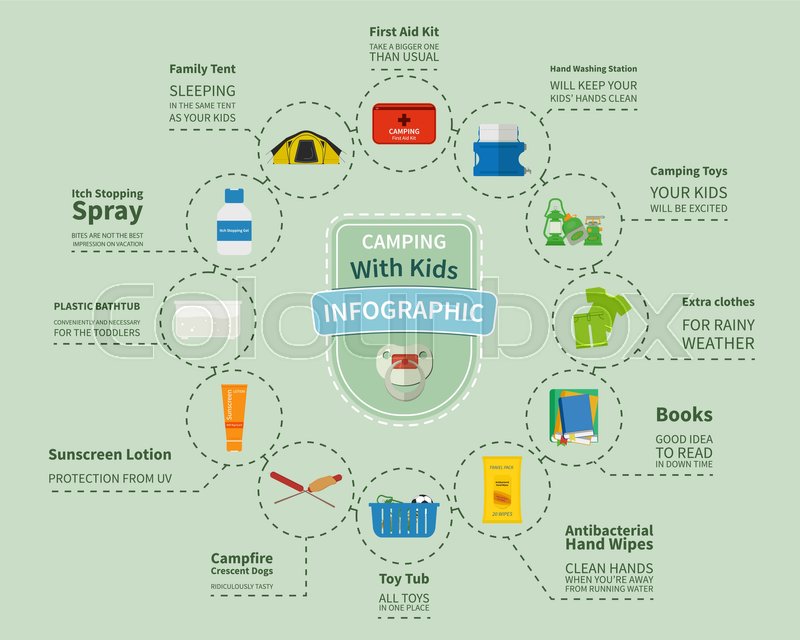Work At Your Own Time Selling Camping Tents
Work At Your Own Time Selling Camping Tents
Blog Article
Does Your Backpacking Camping Tent Need an Impact?
If you camp consistently in locations with rocks or sharp downed branches or simply despise storing a wet, sloppy camping tent, then an impact is absolutely worth considering. Impacts are likewise relatively cost-effective contrasted to a new outdoor tents.
How often should a tent be waterproofed?
Numerous tent suppliers use their own specific impacts, which are cut to the exact dimension of the outdoor tents floor. However, you can make one on your own with a lightweight fabric like polycryo or tyvek.
Climate condition
Whether or not you need an impact truly depends on the problems you'll be camping in. If you're backpacking in a place where the ground is generally damp (it's practically inevitable), an outdoor tents footprint can be a valuable enhancement to your kit, as it will certainly prevent your outdoor tents floor from becoming soaked.
However, if the impact is as well large it can function as a moisture catch and potentially permit water to pool under your outdoor tents. This can be prevented by making sure the impact is cut a bit smaller than your camping tent on all sides.
Generally talking, it's best to obtain a footprint from the exact same manufacturer as your outdoor tents to guarantee a specific fit. They also often tend to be made from thicker, much more sturdy materials than do it yourself options. They can be costly for something whose sole function is to protect the ground beneath your outdoor tents, however it can be a rewarding investment if you appreciate the longevity of your gear.
Terrain
Several high quality outdoors tents can work well without an impact, specifically those that have bath tub floors made from sturdy materials. Nevertheless, the surface you hike on can have a considerable influence on how swiftly your tent floor wears. Granite pieces, sandstone and other tough surface areas wear with all-time low of your tent quicker than verdant fields or forest floors.
An impact or ground cloth aids extend the life of your camping tent by working as a barrier between the ground and the sewn-in groundsheet of your camping tent, claims REI senior sales expert Elizabeth Nguyen. It likewise shields the tent from rough aspects like sharp branches and jagged rocks that could pierce or tear the sewn-in flooring. When selecting a footprint for your camping tent, it is necessary to guarantee it's slightly smaller than the camping tent on all sides. This stops water from merging between the tent and footprint during a rainstorm, which might permeate right into your tent. The best choice for an impact is to buy one made for your specific tent, which will ensure a snug fit.
Camping Tents with Reduced Deniers and Water-proof Rankings
Whether you're an informal backpacker or a hardcore adventurer, the resilience level of your camping tent is a crucial factor to consider. Outdoors tents made to be ultralight, approaching minimal, often trade off some degree of resilience in the fabric and materials used.
One material spec you'll experience is denier, which refers to the weight in grams of a 9,000-meter length of yarn that makes up the tent's canopy, rainfly, and/or floor. A higher denier spec signifies more rugged fabrics, while reduced numbers show lighter and much less durable fabrics.
Various other specifications to consider consist of flooring measurements, vestibule dimension, and interior pockets. The former reflects the overall square-footage that can be used for livable room, while the latter can contribute in storage space by supplying a location to stow away gear overnight and in bad weather. Air flow is additionally a vital aspect; as you breathe out wetness during rest, it requires to get away, or condensation might build up inside. Attributes such as mesh home windows and panels and flexible rainfly doors assist enhance ventilation and stop this from taking place.
The Expense
The cost of a tent can influence its efficiency, and it is likewise essential to consider just how much you can pay for to spend. Backpackers seeking a light-weight sanctuary ought to aim for an outdoor tents with a livability score of a minimum of two celebrities, and ideally, three or even more.
Livability describes exactly how roomy a camping tent really teepee tents feels, with clearance and flooring measurements playing a huge role. Historically, backpacking outdoors tents utilized steeply sloped wall surfaces and marginal area to save weight, but modern products enable designers to provide even more comfort while keeping weight reduced.
Storage space is another variable to take into consideration, with vestibules and a quick-pitching layout helping reduce setup time. In addition, the sort of material coating and how the camping tent is stored can influence durability. For instance, a PU coating that breaks down quicker when wet, or is subject to duplicated cycles of storing and un-stowing, can considerably reduce the lifespan of an outdoor tents. Likewise, utilizing a custom-made footprint as opposed to packing an outdoor tents in a careless fashion will certainly also extend its lifespan.
What is traditional camping?
